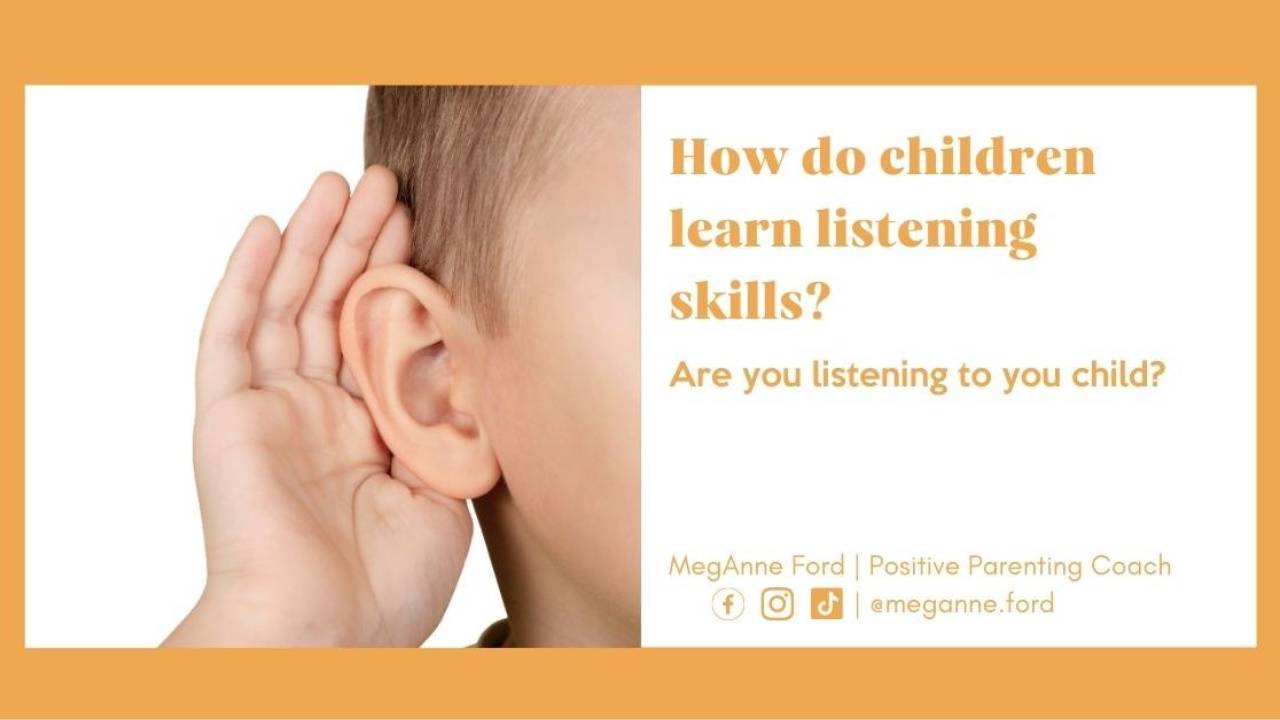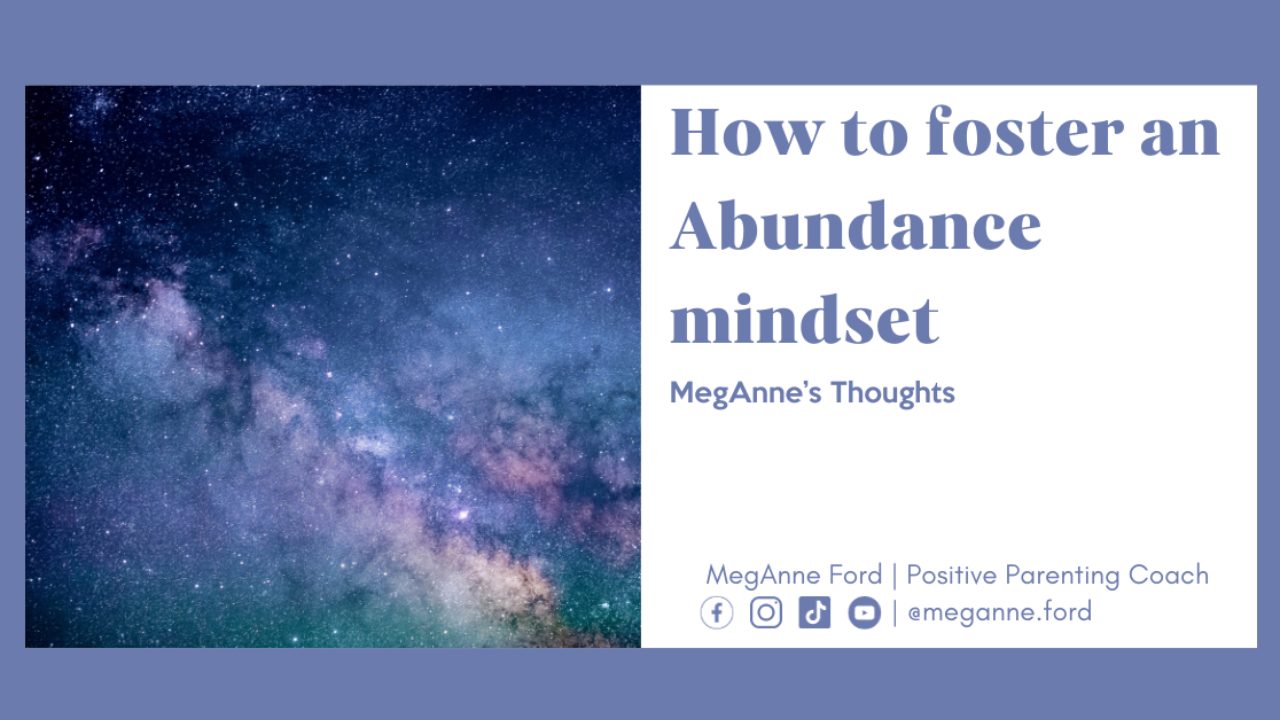
Emotional Intelligence Communication: A Guide to More Meaningful Interactions
Apr 03, 2024
Using our emotional intelligence communication and exploring emotional intelligence and maturity, we found that emotions have a purpose. Now, the question that comes up is, what's the purpose? If all emotions are valid, if there are no good or bad emotions, they're just there to give us information and data.
The Messages Within Emotions
Our emotions have messages; they deliver us messages, and those messages influence our behavior. We're going to unpack this more so that you can learn how I got there, how I refined this message, and how you can step into this process of doing this work for yourself.
Identifying Emotions
Emotions can be visualized as four buckets: joy, sad, fear, and and anger. Our feelings are what fill those big buckets, and we all have them. So when we think about experiencing happiness, happiness is the message there, there is pleasure, and when we experience sadness, the message is loss.
Behavioral Responses to Emotions
When I'm feeling happy, guess what? My behavior is that I enjoy it, and I celebrate it. When I'm feeling sad, and I have a sense of loss, my behavior is to grieve. Anger, that breach of power, and my behavior then is that I work to become empowered. When I'm annoyed, that invites me to take the behavior to involve and include, spend some time there giving attention in powerful ways. Fear guides my behavior to establish safety, hurt guides my behavior to take care of the wound, and guilt invites me into repair work.
The Journey to Understanding
So now, how did I get here? How can I say, "Wow, that's so clean and easy?" Well, let me tell you, it was a long journey to truly understand and believe that my feelings, emotions, and behaviors were connected; it is a never-ending journey.
Understanding the Triangle of Human Experience
Let's explore the triangle model created by Dr. Daniel Siegel, author of "The Whole-Brain Child" and "Parenting from the Inside Out." It consists of the mind, relationship, and brain.
The Mind: Regulation of Energy Flow
The mind regulates energy flow in our body and monitors our mental activities. It controls our mood, thoughts, memory, problem-solving, dreams, and consciousness. Additionally, it helps us connect with others and our greater world.
The Relationship: Sharing of Energy Flow
Relationships highlight the connection between us and others. Whether it's with ourselves, our partner, or our parents, relationships involve sharing energy flow. In this work, we focus on the parent-child relationship, which is asymmetrical by design.
The Brain: Embodiment of Energy Flow
The brain encompasses our entire body, including the organ in our head and our neural systems. It serves as the superhighway that connects everything together, embodying energy flow.
The Four Facets of the Mind
Specifically, the mind has four facets akin to the sides of a diamond. These facets include consciousness, subjective experience, information processing and cognition, and emerging and self-organizing.
Consciousness: This facet involves being aware and influencing how we process information. Awareness is crucial as it sheds light on unconscious aspects, bringing them to consciousness.
Subjective Experience: It pertains to our unique lived experiences distinct to each individual. It shapes how we perceive events compared to others.
Information Processing and Cognition: This aspect concerns how we process information and think, whether consciously or unconsciously. Awareness of our thoughts is vital in understanding how they influence our actions.
Emerging and Self-organizing: Our mind constantly creates narratives around experiences, impacting our perception and behavior. This ongoing process mirrors the emergence and self-organization observed in natural phenomena like clouds.
Information Processing and Cognition
Information processing and cognition can be further broken down into motivation, attention, and emotion, forming the three pillars of this facet.
Motivation: It dictates where our focus lies, distinguishing between external and internal motivation. External motivation, such as fear-based tactics, relies on external stimuli, while intrinsic motivation stems from within, leading to genuine engagement.
Attention: It determines the direction of our energy, reflecting where we invest our focus. Whether single-minded or divided, attention shapes our cognitive engagement with tasks and stimuli.
Emotion: Emotions influence our attention, guiding our cognitive processes. Understanding and managing emotions are pivotal in directing our focus effectively.
Breaking Down What Are Emotions
Emotion involves sensing, observing, and interpreting. Sensing emotions entails feeling the physical sensations accompanying emotions, such as tightened fists or flushed cheeks when experiencing anger. Observing involves witnessing these sensations and collecting data without judgment. Lastly, interpretation involves making sense of these observations and understanding their implications. Misinterpreting emotions can lead to misunderstandings and misaligned actions, causing further stress. Practicing observation and interpretation regularly helps build emotional awareness and resilience.
Using card pulls to practice observation and interpretation
I pull cards to see the messages, read the words, and decipher them. I practice interpreting them collectively as a means to initiate self-reflection. By "self-reflective," I mean when we observe something mirrored back to us, inviting sensation, observation, and interpretation in a safe space. This practice enables us to connect with our emotions and the messages they convey, empowering us to make informed decisions. Children often reflect our behavior, so rather than focusing on changing their behavior, we should focus on learning from our reflections. This process helps break cycles and empowers us to understand and respond to our emotions consciously.
Emotional Intelligence for Communication
Emotional intelligence and strengthening my emotional maturity were significant for me because I had many old messages tied to emotions.
Happiness equaled safety for me; perhaps you've felt the same way. Happy was the ultimate goal, as it meant I was safe. Consequently, I only accepted happiness and sought it out relentlessly. Anything outside of happiness felt like danger or threat.
Sadness was labeled as bad, so I'd hide it away. Similarly, anger was deemed dangerous, leading me to avoid or suppress it.
When annoyed, I'd ignore the feeling, pretending it didn't exist.
My response to fear was to avoid it at all costs, often resorting to numbing or distracting myself.
Hurt led me to assign blame, activating defenses and causing guilt and shame. This mindset hindered my growth, trapping me in repetitive cycles. It wasn't until I slowed down and re-evaluated these beliefs that I could truly evolve.
Replacing the messaging
I started listening to these messages, which allowed me to enter spaces that encouraged me to reinterpret them and realign with their true meaning. Rooted in love, not fear, I now see happiness as connected to pleasure.
Sadness signifies loss, allowing me to grieve and cherish memories. Anger signals a breach of power, urging me to set boundaries and maintain alignment. Annoyance prompts intention, inviting me to address issues and involve others.
Fear alerts me to threats, prompting me to assess and establish safety. Hurt indicates pain, prompting me to care for wounds and seek healing.
Guilt signals a misalignment with values, motivating me to repair relationships and prevent harm. By understanding these messages, I can respond more effectively and avoid repeating harmful patterns. It's essential to reflect on these insights and continue exploring their implications in our lives.
I urge you to reflect: Are you present with your emotions? Are you attuned to them, resonating with yourself and others? Are you establishing trust within yourself and with others? We've discussed reconnecting with your inner wisdom, realizing you hold the answers. Reflect on what safety feels like, what messages arise, and whether you are interpreting them accurately. Finally, consider the signs in your child. As you tune into yourself, you'll naturally extend this understanding to them, creating a powerful connection.
As a parent coach, I support parents to do the work to replace the messaging of their kid's emotions and help release and learn to listen to mom guilt.










